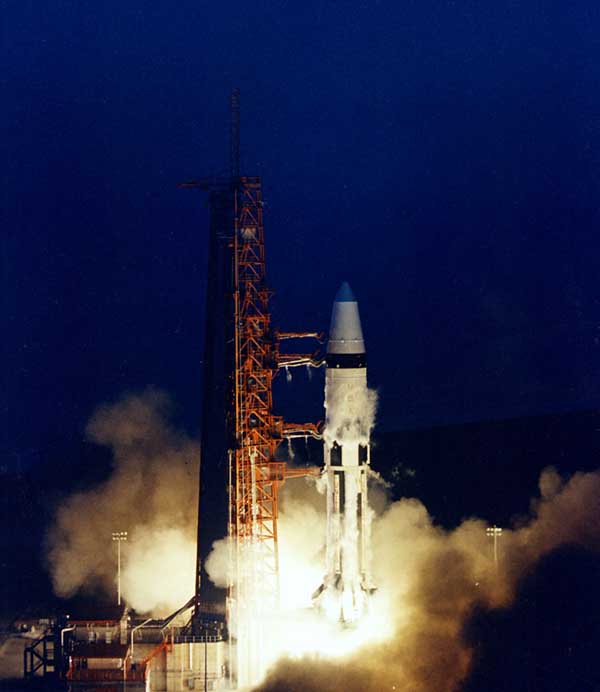
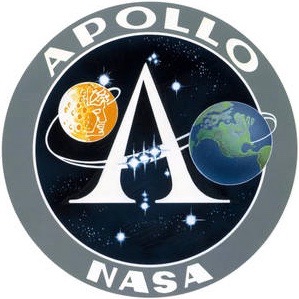
AS-204 reached Mach 1 at T + 0:59.8, passing 24,574 feet (7,490.16 meters). First stage separation occurred at T + 02:23.6, at an altitude of 194,228 feet (59,201 meters), with the vehicle accelerating through 7,563 feet per second (2,305 meters per second).
The AS-204 S-IVB engine cut off occurred at T + 09:53 at 536,166 feet (163,423 meters) with the vehicle travelling 25,659 feet per second (7,820 meters per second). Orbital insertion occurred at T + 00:10:03 at an altitude of 88 nautical miles (163 kilometers) with a velocity of 25,684 feet per second (7,828 meters per second). The orbit was elliptical with an apogee of 120 nautical miles (222 kilometers) and perigee of 88 nautical miles (163 kilometers). The orbital period was 88.39 minutes.
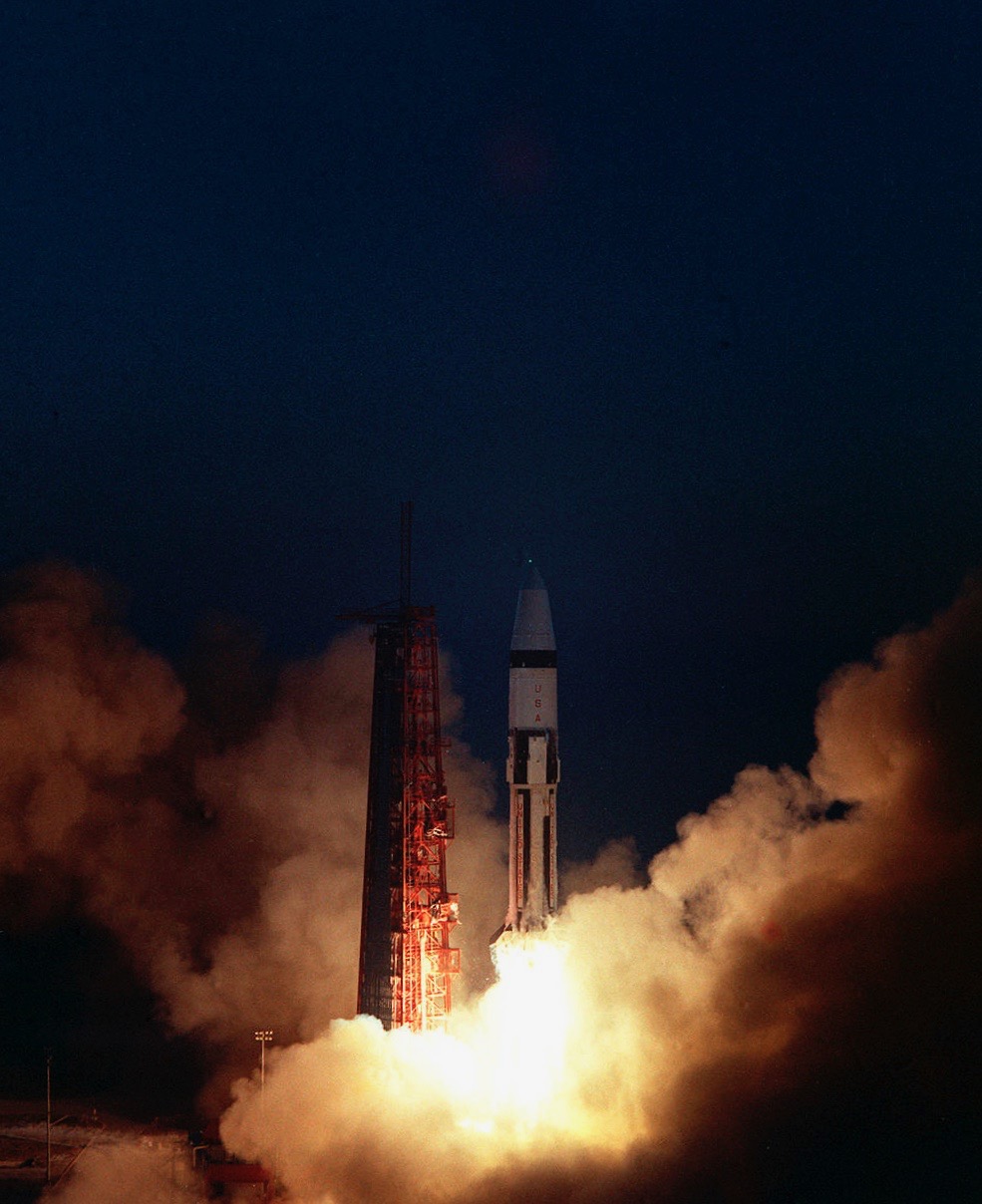
The Lunar Module separated from the S-IVB stage at T + 00:53:55.24. It was the allowed to cold-soak for about 3 hours. At T + 03:59.46, the LM’s descent engine was fired but aborted by the guidance computer after 4.0 seconds. A little over 3 hours later, at T + 06:10:42, the descent engine was fired a second time, and burned until T + 06:13:14.7.
The ascent engine fired at 06:12:14.7 while the descent and ascent stages were still joined. The engine burned 60.0 seconds. It was fired a second time at T + 07:44:13.
With the tests completed, the orbits of the separated LM stages were allowed to decay. LM-1 quickly re-entered Earth’s atmosphere and was destroyed.
The purpose of the Apollo 5 mission was to test the Grumman-built Lunar Module in actual spaceflight conditions. Engines for both the descent and ascent stages had to be started in space, and be capable of restarts. Although the mission had some difficulties as a result of programming errors, it was successful and a second test flight with LM-2 determined to be unnecessary and was cancelled.
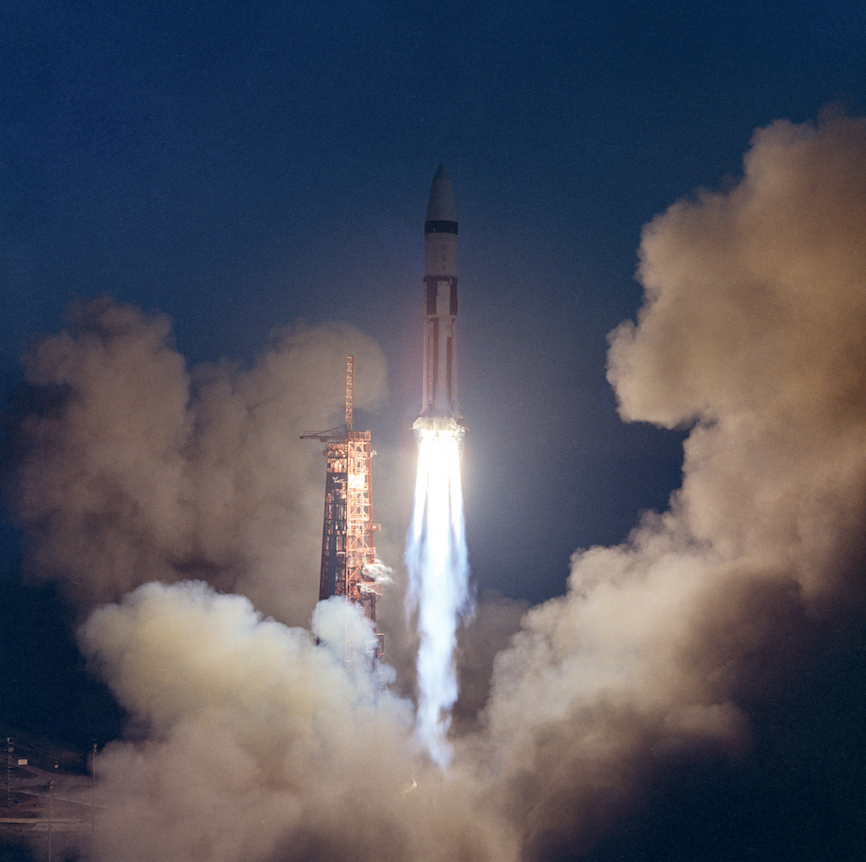
SA-204 ¹ had originally been the scheduled launch vehicle for the Apollo 1 manned orbital flight.
When a fire in the command module killed astronauts Virgil I. (“Gus”) Grissom, Edward H. White and Roger B. Chaffee, 27 January 1967, the rocket was undamaged. It was moved from Launch Complex 39 and reassembled at LC 37B for use as the launch vehicle for Apollo 5.
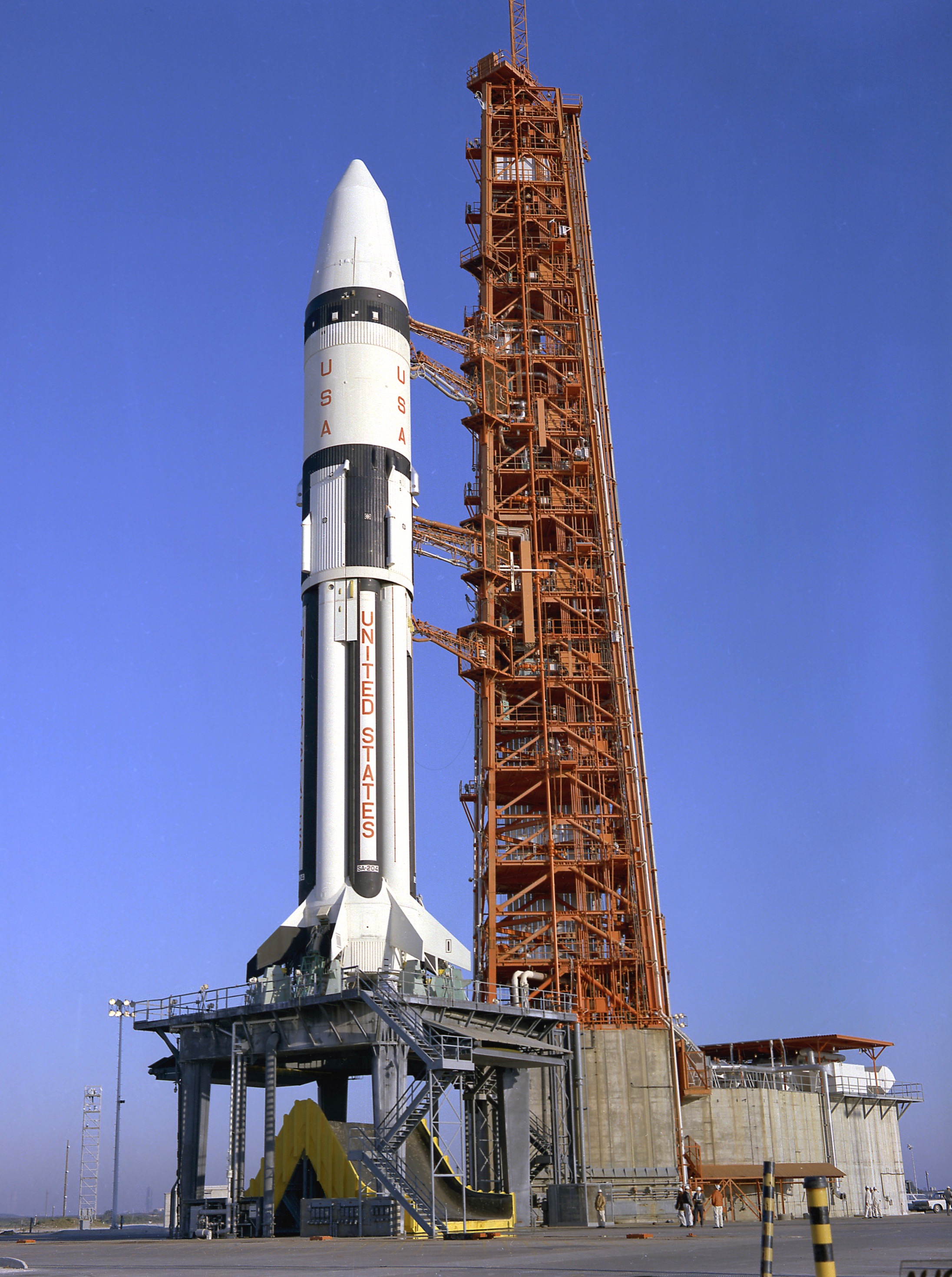
The Saturn IB AS-204 was a two-stage, liquid-fueled, heavy launch vehicle. It consisted of a S-IB first stage and S-IVB second stage. The total height of AS-204 was 181 feet, 0.355 inches (55.17782 meters). The Saturn IB rocket stood 141 feet, 8.644 inches (43.19636 meters), without payload. It had a maximum diameter of 22.8 feet (6.949 meters), and the span across the first stage guide fins was 40.7 feet (12.405 meters). Its empty weight was 159,000 pounds (72,122 kilograms) and at liftoff, Apollo 5 weighed 1,285,044 pounds (582,886 kilograms). The Saturn IB was capable of launching a 46,000 pound (20,865 kilogram) payload to Earth orbit.

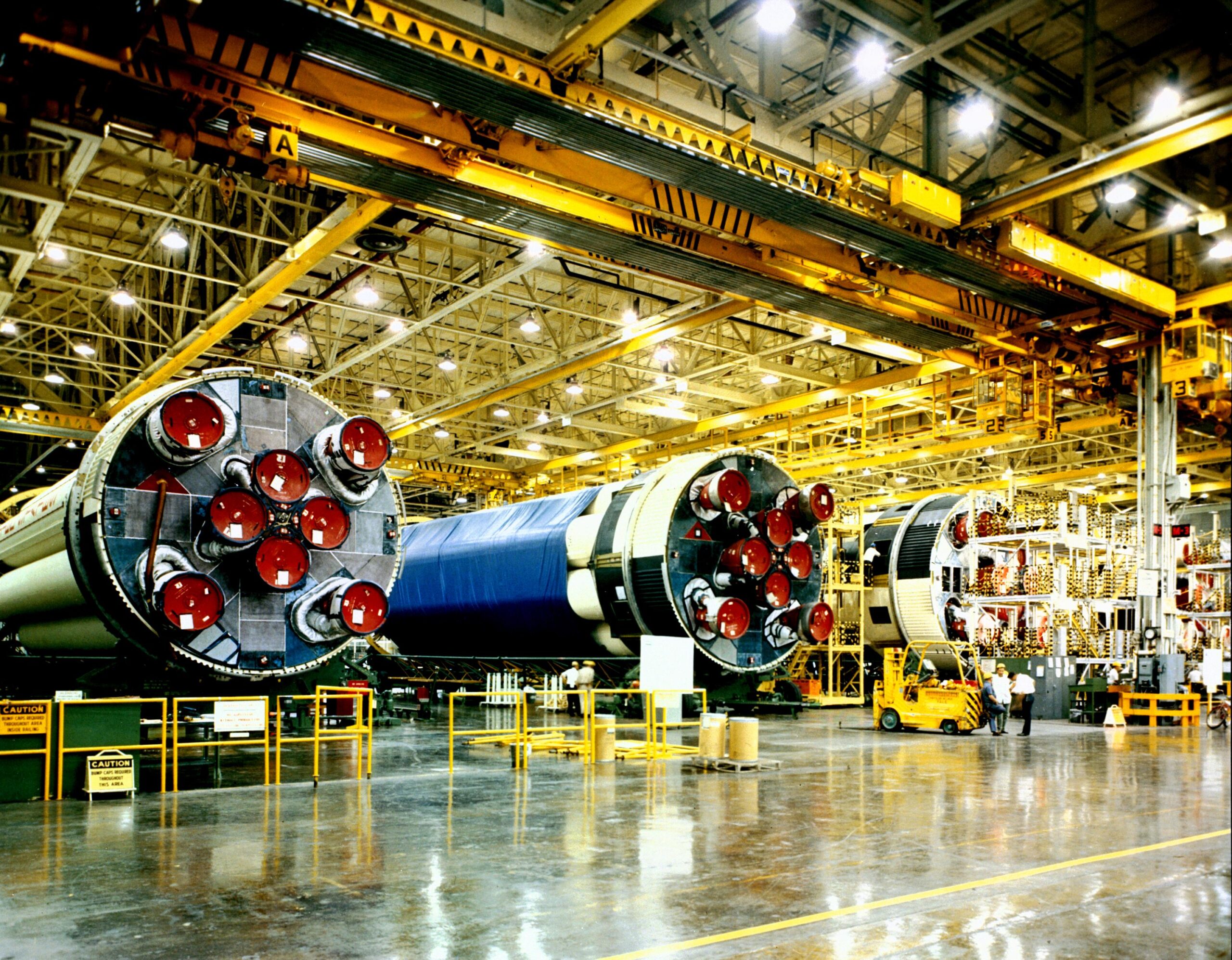

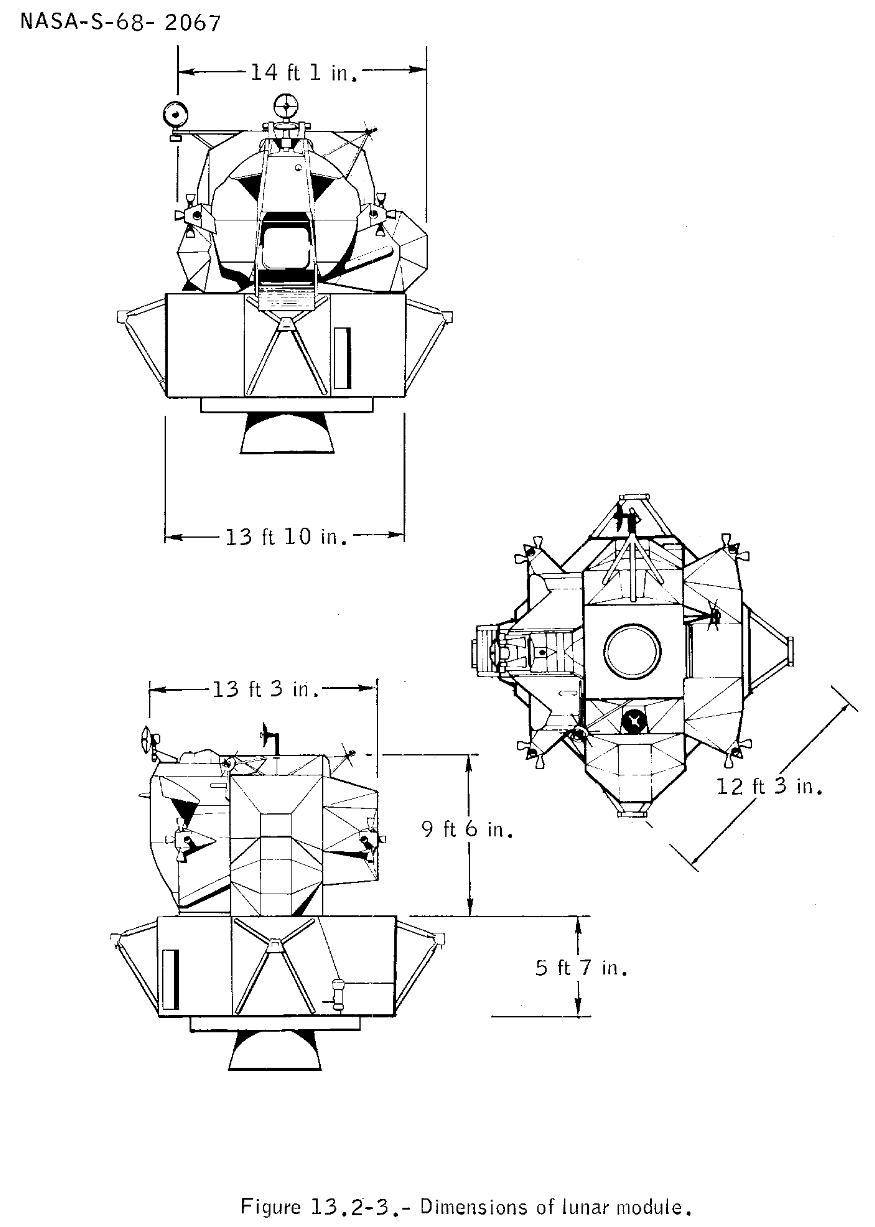

The Descent Stage incorporated extendable landing gear, a hypergolic-fueled rocket engine to brake from orbital speed, establish a landing trajectory, and then decelerate for landing. The TRW Space Technology Laboratories Lunar Module Descent Engine (LMDE) produced a maximum of 10,500 pounds of thrust (46.706 kilonewtons), and could be throttled from 10–100% thrust. The stage also carried support equipment, oxygen, water, etc., needed by the astronauts, and equipment for use during surface activities.
To return to Lunar Orbit, the Descent Stage was left behind, and the Bell Aerosystems Lunar Module Ascent Engine (LMAE) was fired. This engine also used hypergolic fuel and produced 3,500 pounds of thrust (15.569 kilonewtons).
LM-1 weighed 36,342 pounds (16,484 kilograms).
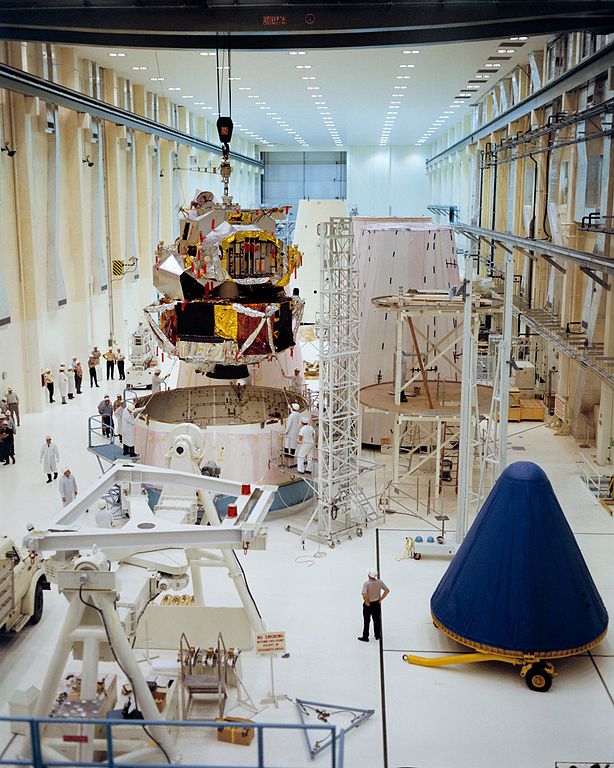
¹ The Apollo Program Saturn rockets were designated as both AS-xxx and SA-xxx. The AS-xxx designation was applied to the complete vehicle, or “full stack,” while the SA-xxx designation applied to only the multi-stage rocket assembly.
© 2019, Bryan R. Swopes
JANUARY 27, 1967 – 50 years ago…
The crew of APOLLO 1, Gus, Grissom, Edward H. White and Roger B. Chaffee died in the horrific fire inside the Command Module.
May they RIP and be “honored” as American Space exploration Heros.
typo in this sentence: nt engine was fired but aborthed by the guidance computer after 4.0 seconds. A little
Thank you, Eric.
Hi Bryan, just a very minor correction to you article; Apollo 1 was going to launch from Launch Complex 34, so I figure that the AS-204 launch vehicle was moved to LC37B from LC34, not LC39.
BTW, I love the effort that you put into reminding people of just how much aviation has shaped world.
According to NASA’s “Technical Information Summary Apollo 5 (AS-204 LM-1) Apollo Saturn IB Flight Vehicle” report, “The Apollo Saturn-204/Lunar Module-1 will be launched at Cape Kennedy, Launch Complex 37, Pad B.”
And thnk you very much. I appreciate your comment. 🙂